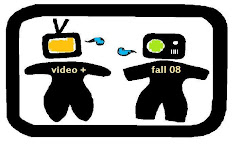
Sor Juana (November 12, 1651 – April 17, 1695), also known as Sor Juana Inés de la Cruz or, in full, Sor Juana Inés de la Cruz de Asbaje y Ramírez de Santillana, was a self-taught Novohispana scholar, nun, poet, and a writer of the baroque school.
She was the first woman writer in the History...

Marilyn Monroe was a Golden Globe-winning, critically-acclaimed, American actress, singer, model, Hollywood icon, cultural icon, fashion icon, pop icon, film executive and sex symbol.
Born: Norma Jeane Mortenson June 1, 1926 (1926-06-01)Los Angeles, California.
Died: August 5, 1962 (aged 36)Brentwood, Los Angeles, California, USA
Joan of Arc, or Jeanne d'Arc in French, also known as "the Maid of Orleans", was a 15th century virgin saint and national heroine of France. A peasant girl born in Eastern France, Joan led the French army to several important victories during the Hundred Years' War, claiming divine guidance, and was indirectly responsible for the coronation of King Charles VII. She was captured by the English and tried by an ecclesiastical court led by Bishop Pierre Cauchon, an English partisan; the court convicted her of heresy and she was burned at the stake by the English when she was nineteen years old. Twenty-four years later, the Holy See reviewed the decision of the ecclesiastical court, found her innocent, and declared her a martyr. She was beatified in 1909 and later canonized in 1920.
Born:c. 1412, Domrémy, France .
Died: May 30, 1431, Rouen, France.


 employment that are currently.
employment that are currently. 



























